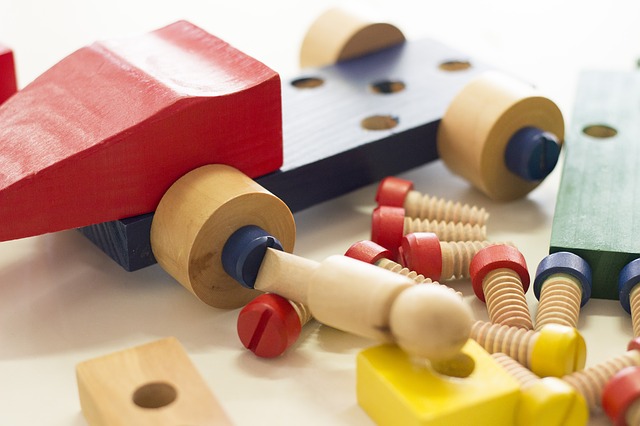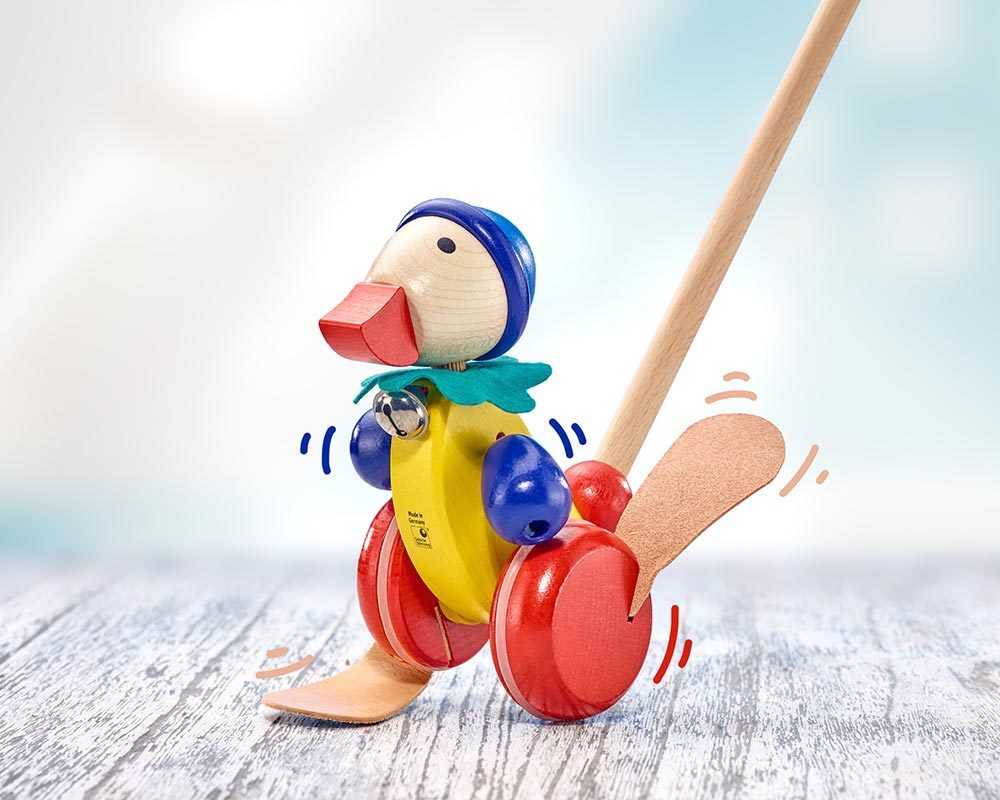All toys that are placed on the market and/or put into use within the European Union must comply with European product regulations. These requirements are defined by the European Toy Safety Directive. Compliance with the Toy Safety Directive must be upheld by manufacturers, importers and distributors of toy products. Toys refer to products designed or intended, whether or not exclusively, for use in play by children under the age of 14. The Toy Safety Directive does not apply to, e.g.: playground equipment intended for public use, sports equipment for children with a body mass of more than 20 kg, puzzles with more than 500 pieces, and decorative objects for festivities and celebrations.
Toys placed on the market and/or put into use within the EU must comply with the essential safety requirements of the Toy Directive. The requirements refer to the physical, mechanical, chemical and electrical properties of toys. In addition, the Toy Directive imposes requirements regarding flammability, hygiene and (where applicable) radioactivity of toys. Only after all applicable product requirements of the Toy Safety Directive and any other relevant CE product requirements have been met, can the CE marking be affixed to the toy and can the toy be freely placed on the market and/or put into use within the European Union.














